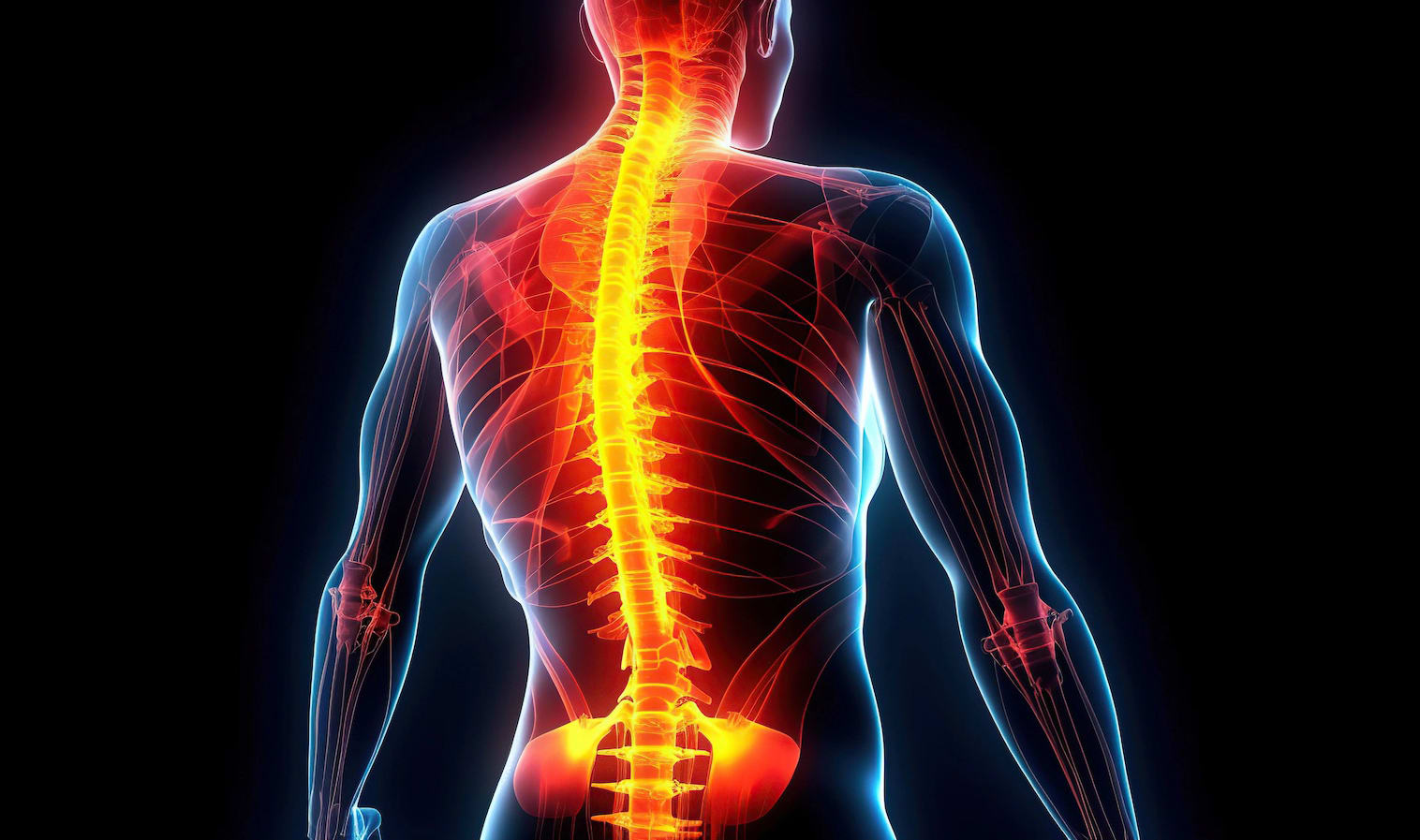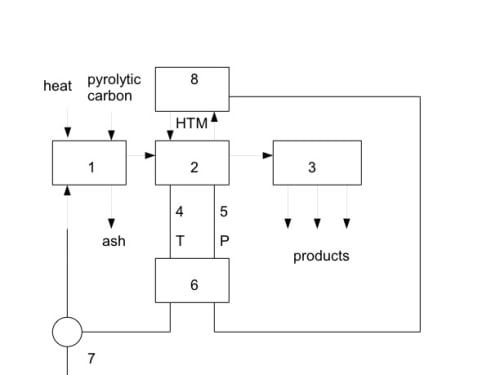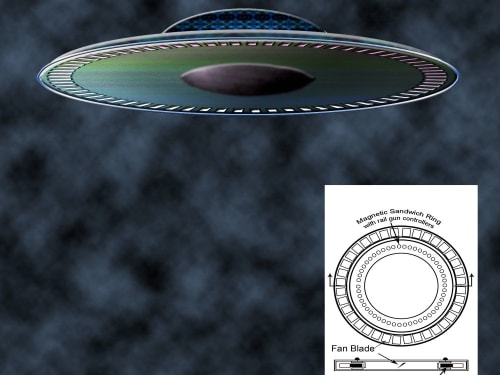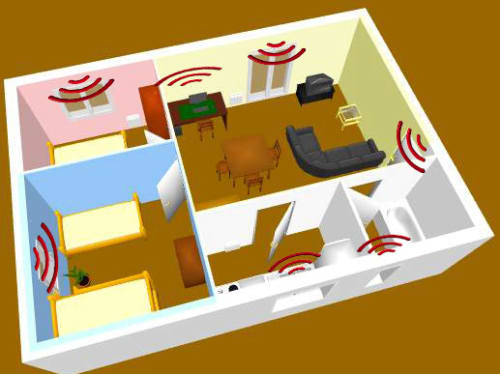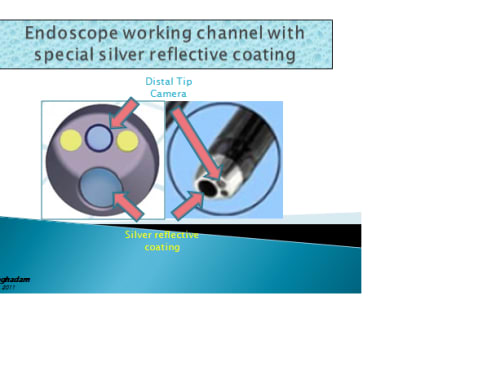The 2025 Contest is Now Open for Entries!
Submit your best new product ideas in any of seven categories for a chance at $25,000 USD and other great prizes. Here’s how to get started.
Help build a better tomorrow
Since Tech Briefs magazine launched the Create the Future Design contest in 2002 to recognize and reward engineering innovation, over 15,000 design ideas have been submitted by engineers, students, and entrepreneurs in more than 100 countries. Join the innovators who dared to dream big by entering your ideas today.
Read About All the 2024 Winning Inventions

Special Report spotlights the eight amazing winners in 2024 as well as honorable mentions in each category, plus the top ten most popular entries as voted by our community.
Click here to read moreA ‘Create the Future’ Winner Featured on ‘Here’s an Idea’
Spinal cord injury affects 17,000 Americans and 700,000 people worldwide each year. A research team at NeuroPair, Inc. won the Grand Prize in the 2023 Create the Future Design Contest for a revolutionary approach to spinal cord repair. In this Here’s an Idea podcast episode, Dr. Johannes Dapprich, NeuroPair’s CEO and founder, discusses their groundbreaking approach that addresses a critical need in the medical field, offering a fast and minimally invasive solution to a long-standing problem.
Listen nowThank you from our Sponsors
“At COMSOL, we are very excited to recognize innovators and their important work this year. We are grateful for the opportunity to support the Create the Future Design Contest, which is an excellent platform for designers to showcase their ideas and products in front of a worldwide audience. Best of luck to all participants!”
— Bernt Nilsson, Senior Vice President of Marketing, COMSOL, Inc.
“From our beginnings, Mouser has supported engineers, innovators and students. We are proud of our longstanding support for the Create the Future Design Contest and the many innovations it has inspired.”
— Kevin Hess, Senior Vice President of Marketing, Mouser Electronics
contest
Contest
The Unbutton is a template with holes where buttons appear on a touch sensitive monitor. It is designed and constructed of materials so that it floats over the touch sensitive surface.
Touch typists can more naturally use an Unbutton than a touch panel's featureless surface.
The Unbutton is installed by sliding over the touchscreen device.
CubeSpawn is a straight-forward idea:
Frames, made from popular and widely available aluminum extrusion, are used to house machines that perform one step of a manufacturing process. The machines design specifications are provided as "open source" to the community of machine builders.
The frames are based on 300mm increments,
The Sun would be sufficient to supply all of our energy needs, but solar energy is not available during the nighttime and on cloudy days. That is why it would be advantageous to convert solar energy into storable and transportable chemical fuels.
The Worlds ONLY Drill Driven Carpenters Pencil Sharpener!
Speedsharp.com
The patent pending "SpeedSharp" carpenter pencil sharpener is the first and only carpenter pencil sharpener that can both be drill driven AND used by hand. The unique design allows everyone from the professional to the homeowner to quickly and safely sharpen their carpenters pencil.
Why use a Carpenters pencil?
This is my concept of a flying saucer's propulsion system. This is a shaftless turbine fan. The fan hovers sandwiched at the axis extreme between an opposing magnetic system, which provides frictionless bearing support. The fan then is powered by the same motor launching system used in electronic rail guns. In a typical fan,
The smart home of the future has been just out of the consumer’s reach for decades. We constantly read stories about how our homes will turn down the temperature when we leave, turn on the lights when we enter, or call the police and text us when home security has been breached,
A new method to obtain electrical energy is proposed. It is based on the use of the energy of an oscillating pendulum. As its movement is slowed by the friction with air, the innovation is the presence of a "drag-compensation system" that acquires energy from wind, as described in the figure 1 attached.
The Finite-Difference Time-Domain (FDTD) method is currently a popular method of performing electromagnetic computation. The FDTD algorithm's relative simplicity and versatility make it a useful tool for simulation, but the benefits are partially offset by the memory and computational power demands. These demands limit the algorithm's practical usability, and are usually implemented on high performance workstations.
ADD ON CAMERA FOR TRANESOPHEGEAL ECHOCARDIOLOGY
FIELD OF THE INVENTION
The present invention relates to a medical device for minimally invasive procedures and particularly to an image sensor to be used in such a procedure.
SUMMARY OF THE INVENTION
An aspect of some embodiments of the present invention relates to a compact distal tip for mounting on a TEE probe.
Idea:
The idea is to have an endoscope with protected working channel, which is intended to prevent inadvertent damages from Holmium laser fibers to the distal end of flexible Videoscope or Fiberscope during surgery.
Page 884 of 990
